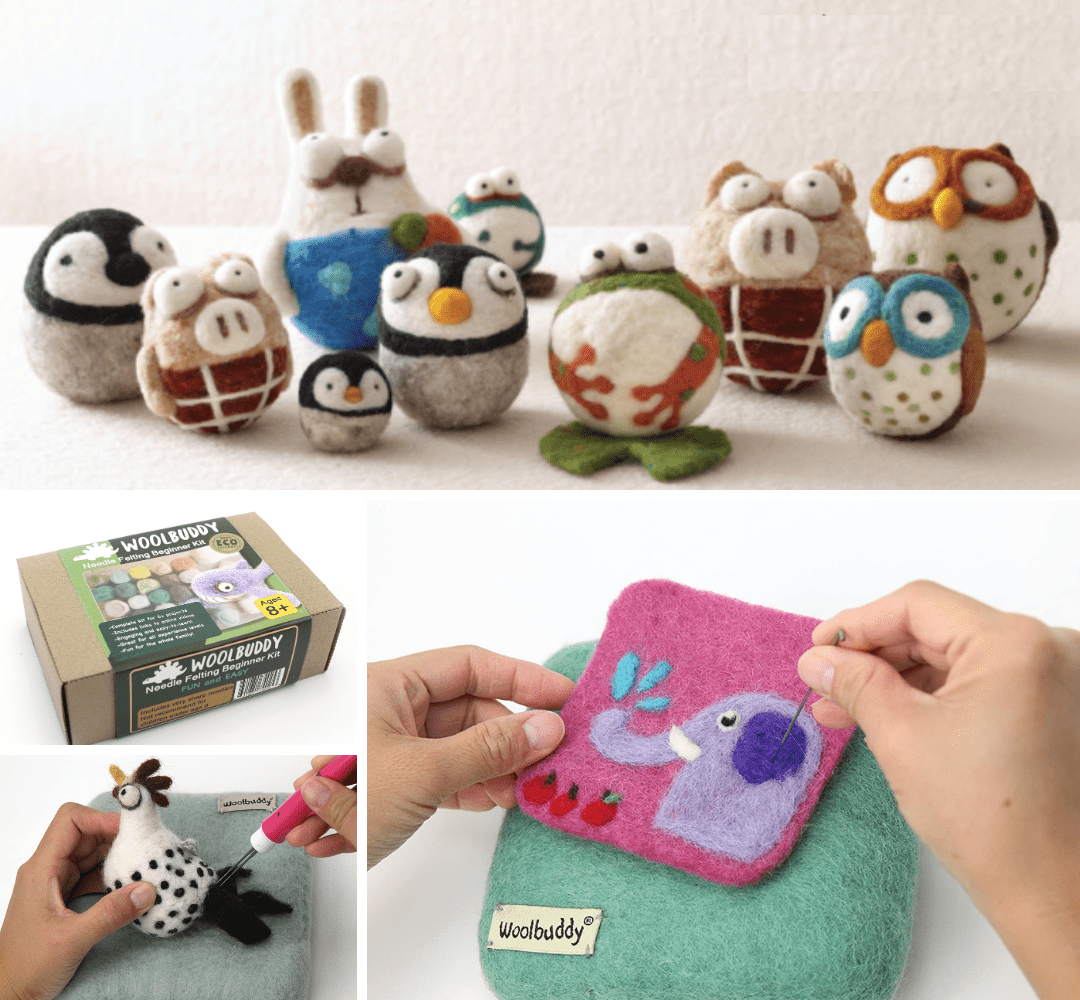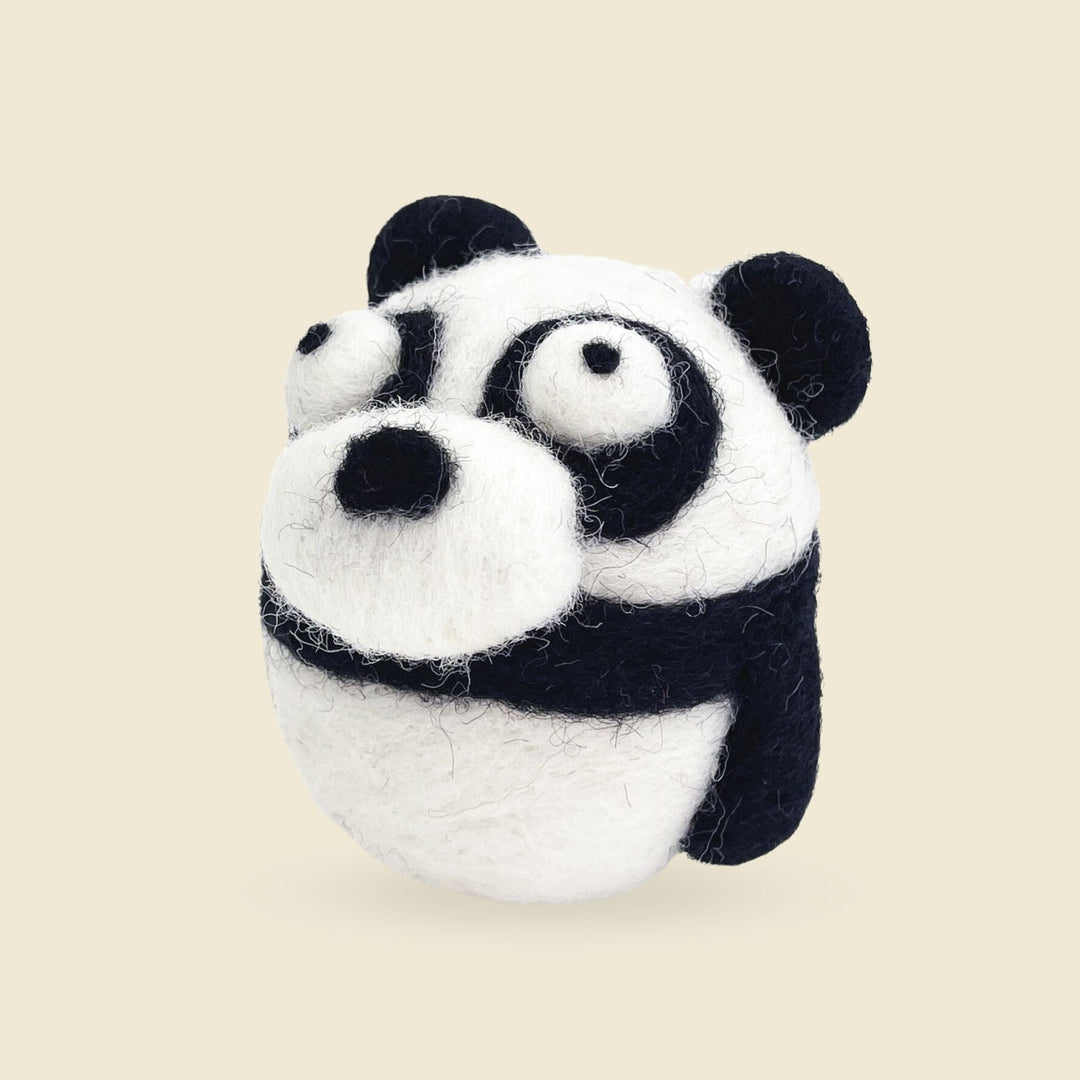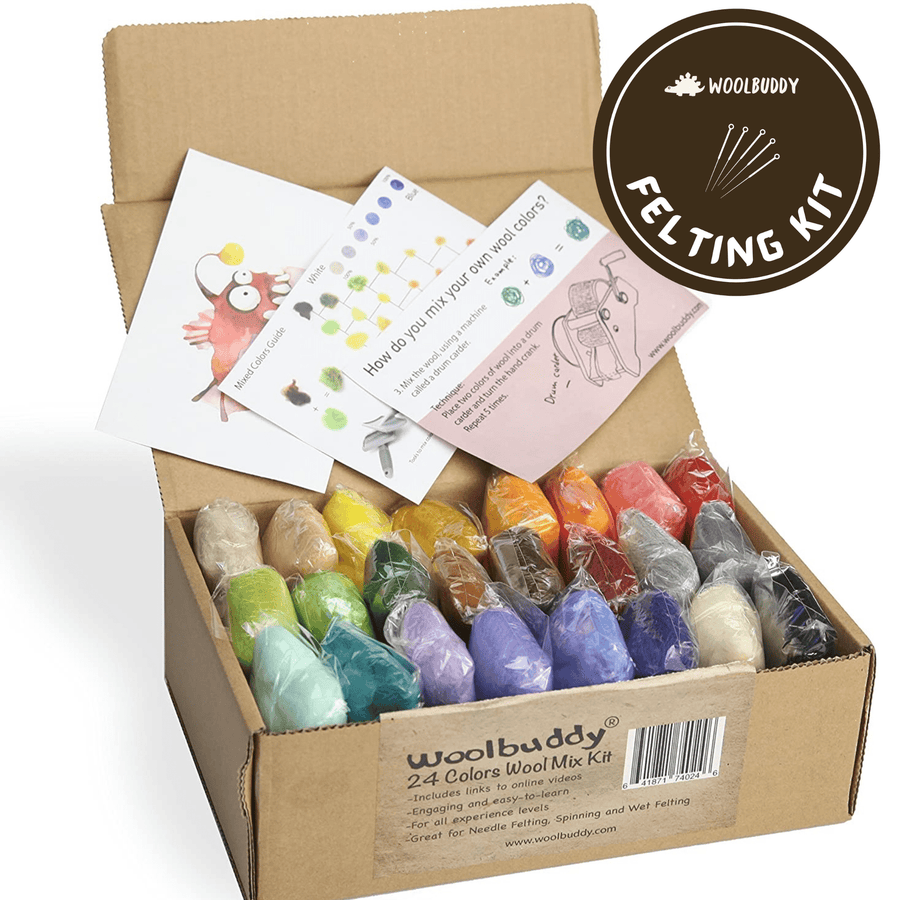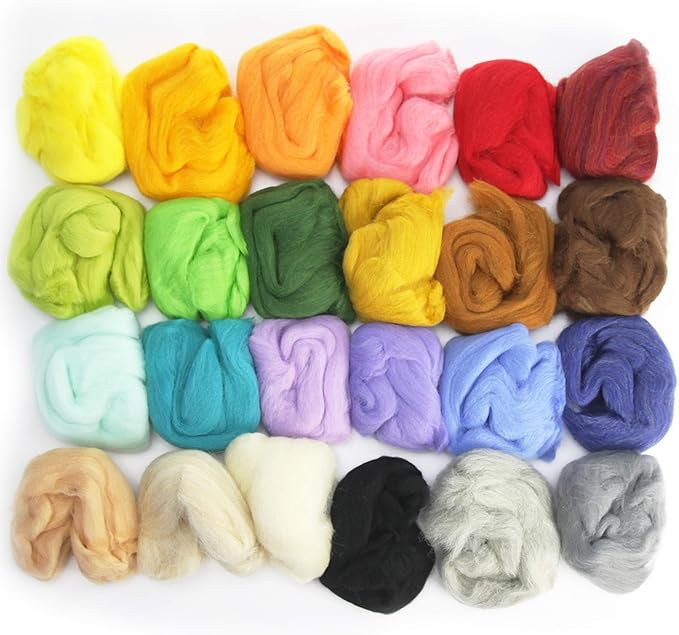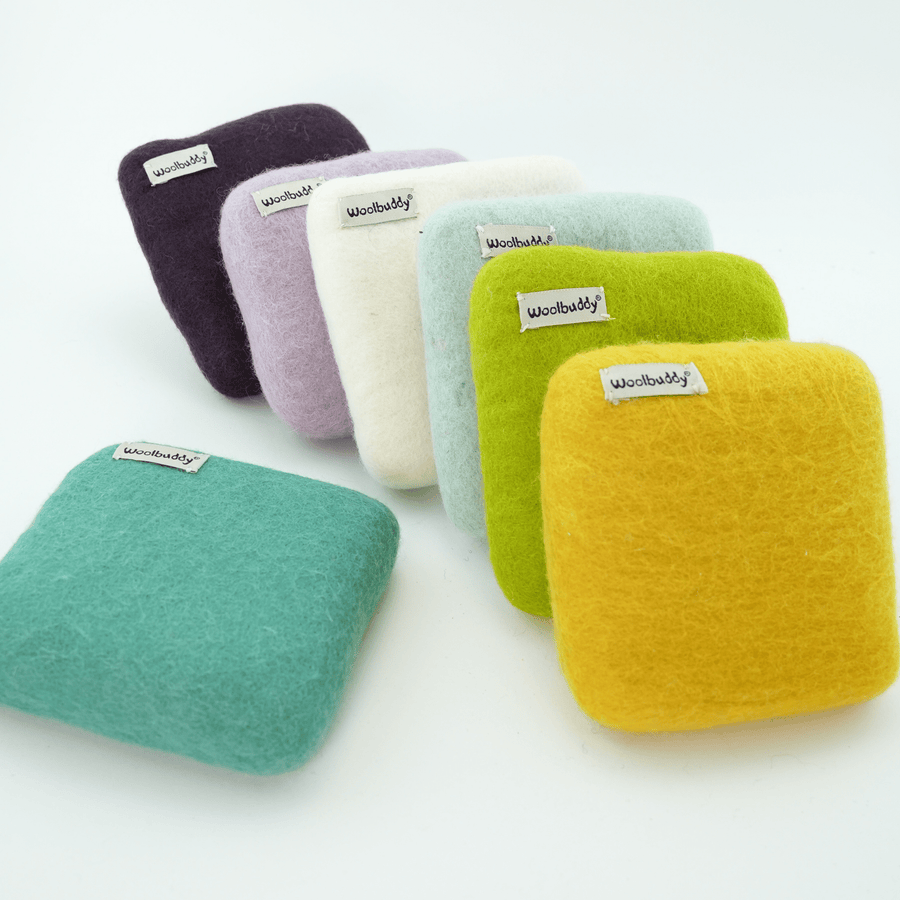A Beginner's Journey: Discovering the World of Wool Roving Colors

The world of wool fiber art is a mesmerizing landscape of colors, textures, and endless creative possibilities. For beginners, understanding the nuances of wool roving colors and how they interact in fiber art can be both exciting and overwhelming. Whether you are creating needle-felted sculptures, wet-felted designs, or simply experimenting with wool textures, mastering color selection and blending techniques will elevate your artistry.
Understanding Wool Roving: Types and Characteristics
Before diving into the nuances of color selection, it is essential to understand the different types of wool roving available. Each variety possesses unique characteristics that influence the way colors appear and interact with one another in fiber art projects.
Exploring Different Wool Varieties: Merino, Corriedale, and More
Not all wool roving is created equal. The type of wool you choose impacts the softness, texture, and blending capabilities of your fiber art. Below are some common wool varieties used in wool fiber art:
-
Merino Wool – Known for its ultra-soft texture, merino wool is ideal for projects that require fine details and smooth finishes. It absorbs dye beautifully, resulting in vibrant and saturated colors.
-
Corriedale Wool – A slightly coarser fiber than merino, Corriedale wool is often used for sculptural felting. Its texture allows for excellent shape retention, making it a popular choice for beginners.
-
Shetland Wool – This medium-fiber wool offers a natural range of earthy colors and is perfect for creating rustic, nature-inspired pieces.
-
Alpaca Wool – While not technically wool, alpaca fibers provide a silky, lustrous quality and blend well with traditional sheep wool for varied textures and sheen.
-
Romney Wool – This fiber is strong and durable, making it an excellent option for structural elements in felting projects.
Understanding these wool types will help you make informed decisions when selecting roving for your projects, ensuring that your color choices complement the texture and finish of your artwork.
Choosing the Right Colors for Your Projects
Selecting the right color palette is crucial for creating visually harmonious wool fiber art. A well-thought-out color scheme enhances your project's depth and artistic appeal, while a haphazard mix of hues may result in an unintended effect.
Using the Color Wheel to Enhance Your Creations
The color wheel is a valuable tool for artists across all mediums, including fiber art. Understanding basic color theory helps in making deliberate choices that enhance the visual appeal of your wool projects.
-
Complementary Colors – Colors opposite each other on the color wheel (e.g., blue and orange, red and green) create striking contrasts that add vibrancy to your art.
-
Analogous Colors – Colors that sit next to each other on the wheel (e.g., blue, teal, and green) provide a harmonious and soothing aesthetic.
-
Monochromatic Colors – Working with different shades of the same color (e.g., light blue, medium blue, and deep navy) can create depth while maintaining a unified appearance.
-
Triadic Color Schemes – Using three colors evenly spaced on the color wheel (e.g., red, yellow, and blue) provides a balanced yet dynamic look.
By understanding how colors interact, beginners can confidently choose hues that complement their artistic vision.
Practical Tips for Working with Wool Roving
When selecting and working with wool roving colors, consider the following practical tips to enhance your creative process:
-
Start with a Limited Palette – If you are new to fiber art, begin with a small selection of colors and gradually expand your collection.
-
Experiment with Neutrals – Incorporating white, gray, or beige roving helps tone down bright colors and adds depth to your artwork.
-
Test Color Combinations – Before committing to a full project, try blending small samples to see how colors interact.
-
Consider Lighting – Colors may appear different under various lighting conditions. Test your wool roving under natural and artificial light to ensure the desired effect.
-
Use Reference Images – Drawing inspiration from nature, photographs, or paintings can help you create visually appealing color palettes.
Techniques for Blending and Layering Wool Roving
Blending and layering are essential techniques in wool fiber art, allowing artists to create seamless transitions, depth, and unique color variations.
Layering Wool for Depth and Texture
Layering wool roving enhances texture and creates a sense of realism in fiber art. Here are some key layering techniques:
-
Gradual Layering – Start with a base layer of light color and gradually add darker shades to create depth.
-
Feathering Edges – When adding layers, gently feather the edges of wool roving to blend them seamlessly.
-
Building Volume – Use multiple thin layers instead of one thick layer to achieve a more natural, blended effect.
Blending Colors for Unique Effects
Blending different wool colors allows for custom shades and gradients that add richness to your art. Here's how to blend effectively:
-
Hand Blending – Tear two or more colors into small pieces and mix them by hand until they form a new, blended hue.
-
Carding – Use hand carders to mix fibers evenly, creating a soft and uniform color transition.
-
Layered Blending – Stack thin layers of different colors and gently pull them apart before re-stacking to create a marbled effect.
These techniques help artists craft nuanced color transitions, perfect for realistic wool sculptures or abstract fiber art pieces.
Unleash Your Creativity with Woolbuddy
Embarking on a journey into the world of wool roving colors is a fulfilling and imaginative experience. With an understanding of wool types, color selection, and blending techniques, you can create stunning wool fiber art that reflects your unique artistic style.
At Woolbuddy, we are passionate about providing high-quality wool roving, felting kits, and tools to support beginners and seasoned artists alike. Explore our extensive selection of vibrant wool colors and premium fiber art supplies to bring your creative visions to life.


